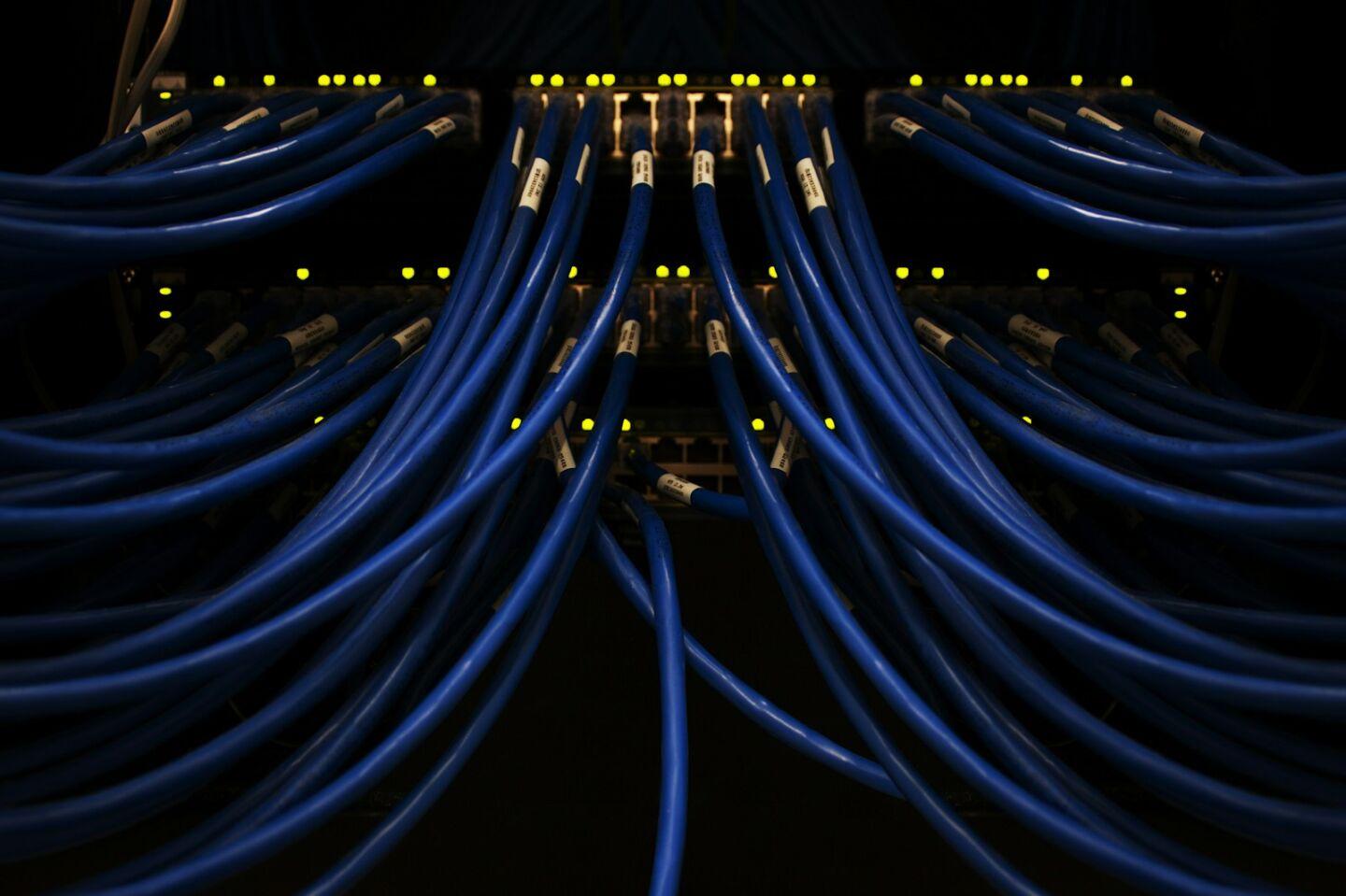Southeast Asian organizations are taking a hit from frequent, expensive outages. Here’s how to minimize the impact

As Southeast Asia (SEA) continues to progress towards becoming a trillion-dollar digital economy, organizations across the region face increasing pressure to meet customer expectations for highly available, customer-facing applications and services.
Recent tech outages have struck a nerve among businesses, governments, and individuals. With unprecedented and widespread disruptions unleashed across airports, airlines, healthcare, banks, and media outlets this year, organizations across all industries have been left scrambling amid crippled operations.
While IT and system outages are common and widely accepted as par for the course for businesses that run digital, customer-facing channels, the New Relic Observability Forecast 2024 report reveals some sobering findings. About a third (33%) of respondents in the region experienced high-business-impact outages once a week or more. Some 78 percent of respondents in Indonesia, Malaysia, Singapore, and Thailand said high business-impact outages cost at least US$1 million an hour.
Customers expect seamless digital experiences
Every time customers interact with a company’s applications and services, they expect great experiences. Digital services should be available, fast, and easy to use. Interruptions in digital experiences—such as apps not loading or performing slowly—can erode customer satisfaction, cause abandoned carts, bad reviews, lower conversion rates, and result in missed opportunities that ultimately impact revenue. New Relic found that 75 percent of SEA organizations take at least 30 minutes to detect issues, and 72 percent take at least 30 minutes to resolve them.
Behind every single customer interaction is a complex network of interconnected systems, applications, and infrastructure. Observability has become a vital thread that strengthens this resilience, seamlessly integrating into every layer of a business transaction. Modern observability practices provide enterprises with an end-to-end view of their customer experience and insights in the context of their entire application stack, helping them measure the health and performance of applications and underlying network and infrastructure from a user point of view.
By enabling them to pinpoint the root cause of issues and quickly resolve them. It also allows for a better understanding of user behavior and journeys within apps, helping with the design of new app features that delight users and drive engagement.
Tool sprawl holding back performance
Most organizations today struggle with multiple user monitoring point solutions that create disjointed partial views of their digital experiences. The high number of outages could be due to the fact that many SEA organizations are still held back by siloed information across data and teams. 27 percent of those surveyed in the region were most likely to use multiple monitoring tools, while 22 percent were finding out about outages through manual checks, tests, or complaints.
A single observability platform informs how the underlying infrastructure impacts application performance. Over time, software development and operations teams adopt various languages, frameworks, infrastructure architectures, and CI/CD tools. In doing so, the number of point-solution monitoring tools they need to understand the performance of each technology grows linearly. In turn, they create data silos that prevent teams from delivering performant services to customers.
Overcoming the challenge of the disconnected view requires organizations to adopt a single observability platform that provides complete visibility into each layer of the tech stack. By streamlining their toolchains, organizations reduce the need for IT teams to switch between different platforms; enabling them to reduce tooling costs and operational expenses, as well as better manage resource requirements for running, managing, and maintaining multiple tools.
Observability adoption on the rise
Although outages remain a frequent and costly issue, observing more of the tech stack, achieving full-stack observability, and implementing observability best practices helps organizations improve service-level metrics and get the most business value out of their investments.
According to the New Relic report, 87 percent of SEA respondents said their organization recorded at least US$1 million in total value per year from their observability investment. The same group also highlighted reduced security risks, improved system uptime, and reliability as key outcomes of modern observability practices. They were also more likely than other countries to view observability as a key enabler for achieving core business goals to some extent (62% compared to 50% overall).
Other key drivers of observability include the adoption of AI technologies, the integration of business apps, and the migration to a multi-cloud environment.
To address problems proactively and enhance the performance of their key digital channels, IT teams are progressively turning to intelligent observability platforms. Intelligent observability approaches are underpinned by artificial intelligence (AI) that predicts potential issues before they arise, assesses impacts, and makes intelligent recommendations to help prevent problems.
By leveraging real-time insights, predictive analytics, and proactive issue resolution, IT teams can help minimize or prevent negative impacts on the customer experience.
Organizations that have begun to embrace the opportunities of SEA’s digital economy increasingly recognize that observability is not just a technical practice, but a strategic imperative that drives measurable business outcomes. By investing in observability, they can ensure more reliable digital experiences, achieve operational efficiencies, and set the stage for future growth.
#DigitalEconomy #Observability #ITInfrastructure #AIMonitoring #TechResilience
- Art
- Causes
- Crafts
- Dance
- Drinks
- Film
- Fitness
- Food
- الألعاب
- Gardening
- Health
- الرئيسية
- Literature
- Music
- Networking
- أخرى
- Party
- Religion
- Shopping
- Sports
- Theater
- Wellness


